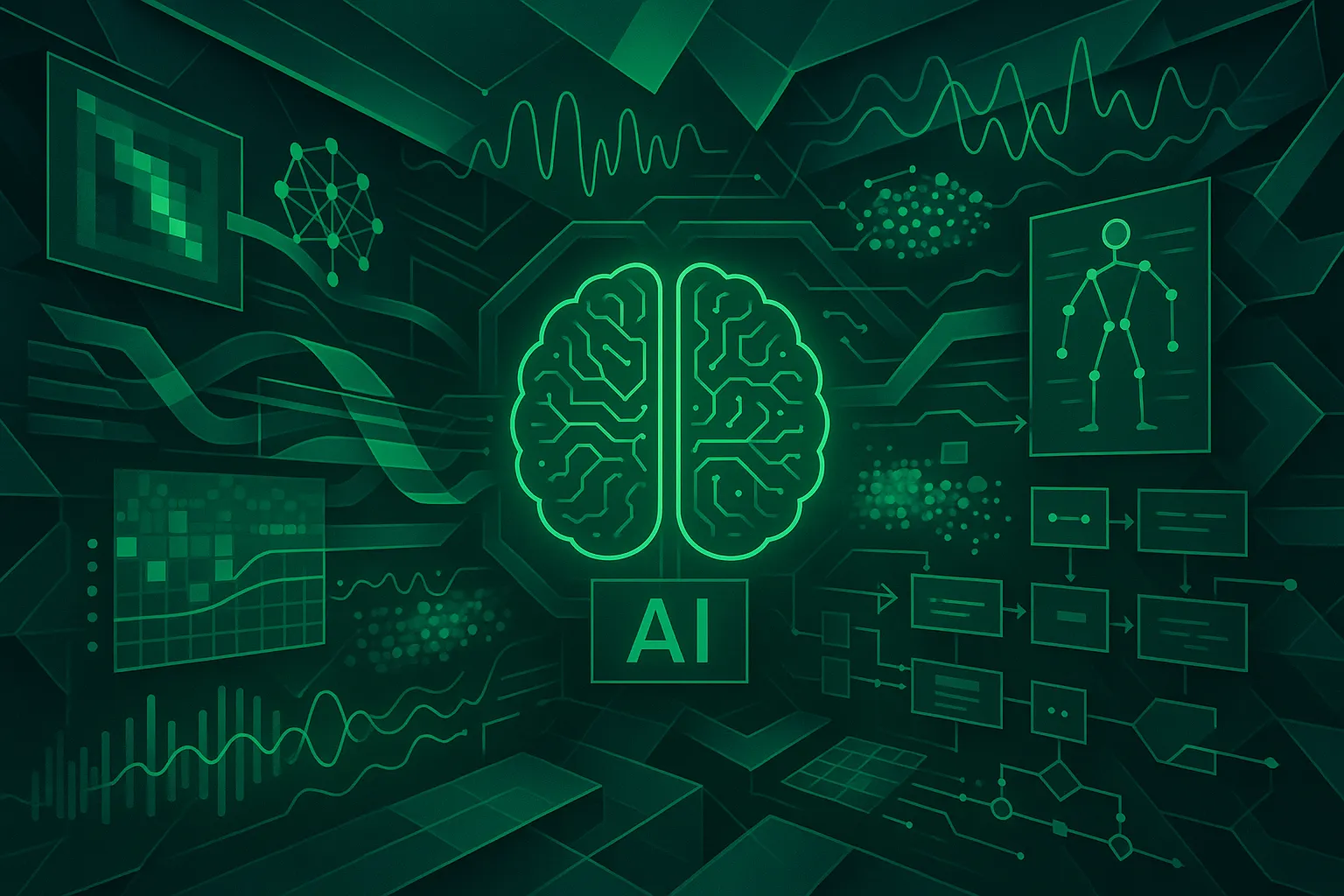
2025-03-25T04:00:00+00:00
In the fast-paced world of artificial intelligence, the concept of "vector embeddings" repeatedly emerges as a pivotal component. For those unfamiliar with it, the term might seem esoteric. However, grasping the essence of vector embeddings is vital to appreciating their critical role in AI, laying the groundwork for the technology's broad spectrum of applications.
Think of vector embeddings as a magical key that unlocks complex data for AI systems. They convert diverse data types — whether it's text, images, or sounds — into numerical forms that machines can understand. By organizing this data into a high-dimensional vector space, embeddings enhance semantic search capabilities and data retrieval efficacy. This involves deep learning to recognize and process nuanced relationships, far beyond simple keyword matches.
Vector embeddings are the unsung heroes of AI platforms, especially large language models (LLMs). They map data into vector spaces, allowing systems to grasp context, perform semantic similarity searches, and deliver more accurate and relevant responses. Imagine AI systems understanding subtext and nuances as humans do, thanks to these sophisticated vector spaces which distinguish subtle data discrepancies.
The secret to efficient data processing lies in using diverse vector embeddings techniques. Dense embeddings map intricate relationships, while sparse embeddings save memory. Binary embeddings offer swift processing, all within specialized vector databases like Milvus and Zilliz Cloud. These systems boast cutting-edge indexing and advanced retrieval algorithms, guaranteeing quick and precise searches, even within massive datasets.
Creating vector embeddings isn't child's play; it often involves advanced deep-learning models. Neural networks yield high-quality embeddings for semantic search. Simultaneously, matrix factorization techniques excel in recommendation systems. The emergence of multimodal embedding models strengthens these capabilities across various data formats, including images and audio.
From similarity search and recommendation systems to computer vision, vector embeddings are revolutionizing fields. In enterprises, they refine structured data extraction and automate workflows. By embedding into tools that range from search engines to business operations, they grant a competitive edge through improved data connectivity.
Despite their potential, vector embeddings come with challenges. Data shifts can jeopardize fine-tuning, necessitating in-house experts. Issues like managing diverse data silos and avoiding hash collisions still need addressing. Yet, these obstacles present opportunities for innovation as we advance.
Vector embeddings are the cornerstone of AI’s future, paving the way for superior data processing methods. They promise expanded capabilities across domains as advancements continue. Understanding vector spaces and adopting vector embedding techniques is more than beneficial; it's transformative. Let's explore how these concepts might redefine sectors and spark innovation, inviting you to share your insights and experiences with this fascinating technology.